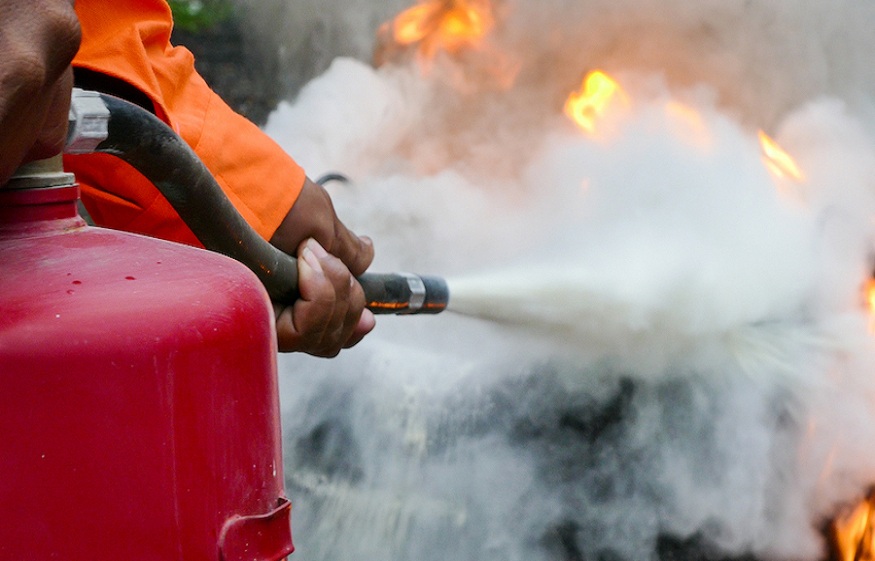Short-term rental owners have always known the NSW fire rules sit in the background of council compliance work. From February 2025, the background has become front-of-house: councils across Greater Sydney, Newcastle and the north coast have been instructed to start every short-stay inspection with a fire-safety check before moving on to noise, parking or planning matters. The order of that check is not guess-work—it is written into the Short-Term Rental Accommodation (STRA) Fire Safety Standard and the Environmental Planning and Assessment Regulation.
Why fire safety now tops the list
The NSW Government’s decision to give councils more power over STRA compliance landed at the same time as a push to reduce avoidable fire call-outs in residential buildings. Fire and Rescue NSW data show that unattended cooking and missing alarms contribute to roughly one in four apartment fires; most occur in homes guests have never visited before. Putting fire first in the inspection schedule promises faster hazard removal and fewer evacuation dramas, which local residents welcome alongside night-cap limits and registration rules.
Item 1: Interconnected, hard-wired smoke alarms
Inspectors usually stand at the front door for less than a minute before asking to hear the test tone. They want alarms in every bedroom corridor and on each storey, powered by the mains or a sealed ten-year lithium cell, with signals linked so that one beeper sets them all off. Hard-wiring is non-negotiable in new installations; battery change labels will not satisfy council officers in 2025.
Many hosts in metropolitan areas now engage fire protection Sydney specialists to upgrade older 9-volt units rather than risk a first-offence $1500 infringement. Ensuring access to the switchboard and clean cable routes can save precious time on inspection day.
Item 2: Heat alarm in an attached garage
The next stop is often the garage or carport if it is under the same roof. A heat alarm that meets AS 1603.3 must sit on the ceiling and trigger the dwelling’s smoke network. Officers will also look for the mandatory “heat alarm fitted—interconnected” notice fixed on both sides of any interconnecting door.
Local fire services Sydney crews report that a surprising number of STRA hosts still rely on an ionisation smoke alarm above stored fuel cans; councils are now empowered to issue an order to cease letting until the correct device is in place.
Item 3: Evacuation diagrams at the entrance and in each bedroom
Once alarms pass muster, council staff turn to evacuation information. Diagrams must be A4, between 1200 mm and 1600 mm from the floor, display a “YOU ARE HERE” marker, highlight exit paths in green and 000 information in clear lettering. Bedrooms are inspected individually—missing even one diagram attracts the same penalty as omitting them all.
Item 4: Egress door hardware and exit paths
Councils then check that the entrance door can be opened from the inside without a key or complicated sequence. If a keyed-deadlock is fitted, it must remain in the unlocked position whenever guests are present. Passageways must be free of surfboards, prams or stacked linen that can narrow the escape width. These requirements mirror the provisions enforced in apartment buildings, giving inspectors a familiar reference.
Hosts who schedule regular fire maintenance Sydney visits often combine lock-set checks with extinguisher servicing, reducing the risk of trip-up on minor faults.
Item 5: Portable extinguishers and fire blanket in the kitchen
A 2.5 kg ABE extinguisher mounted in the kitchen, plus a fire blanket within easy reach of the cooktop, round out the on-site gear. Inspectors glance at the inspection tag for a date not older than six months and verify that the blanket can be released with one pull.
The paperwork: the annual fire-safety statement
Physical devices satisfy only half of council expectations. Every Class 1a dwelling used for STRA must now lodge an Annual Fire Safety Statement endorsed by an accredited practitioner, then display the certificate where guests can read it. Missing documentation draws the same penalty as faulty equipment because councils regard the statement as evidence that the entire fire-safety system works together.
A growing number of fire protection companies Sydney bundle inspection, testing and paperwork into a once-a-year service; councils list these packages as an efficient way to avoid repeat visits.
What if something fails?
When inspectors detect a serious breach—say, no hard-wired alarms—the property is issued a Fire Safety Order under s. 9.34 of the EP&A Act. Letting must stop until compliance is achieved and verified. Councils also report the defect to NSW Fair Trading, which may suspend the STRA registration number, effectively removing the listing from Airbnb’s platform until the owner uploads proof of rectification.
Preparing for inspection day
- Self-check each alarm a week before arrival; keep a phone video as evidence.
- Update every evacuation diagram if you have rearranged furniture or added a bedroom TV that blocks a sightline.
- Photograph the extinguisher tag and blanket canister seal.
- File the latest statement and have a digital copy ready.
- Walk the escape path at night with lights off—what catches a hip will catch a guest’s arm in smoke.
Engaging licensed Fire Contractors Sydney to run this rehearsal delivers two wins: issues are fixed on the spot, and the contractor’s name on the annual statement signals professionalism to council reviewers.
A note on timing and re-inspection fees
Councils charge between $180 and $380 for a follow-up visit if faults are not rectified within the first 14 days. Some coastal shires apply the higher fee during peak holiday months to deter owners from trading time for revenue. Owners who book an early Fire Inspection Sydney slot avoid high-season delays and demonstrate good faith in the compliance register.
Final thought
The new inspection order is short and unambiguous: alarms first, diagrams second, exits third, suppression fourth, paperwork last. Hosts who treat these steps as routine maintenance rather than emergency patches keep bookings open, neighbours calm, and—most importantly—guests safe.

